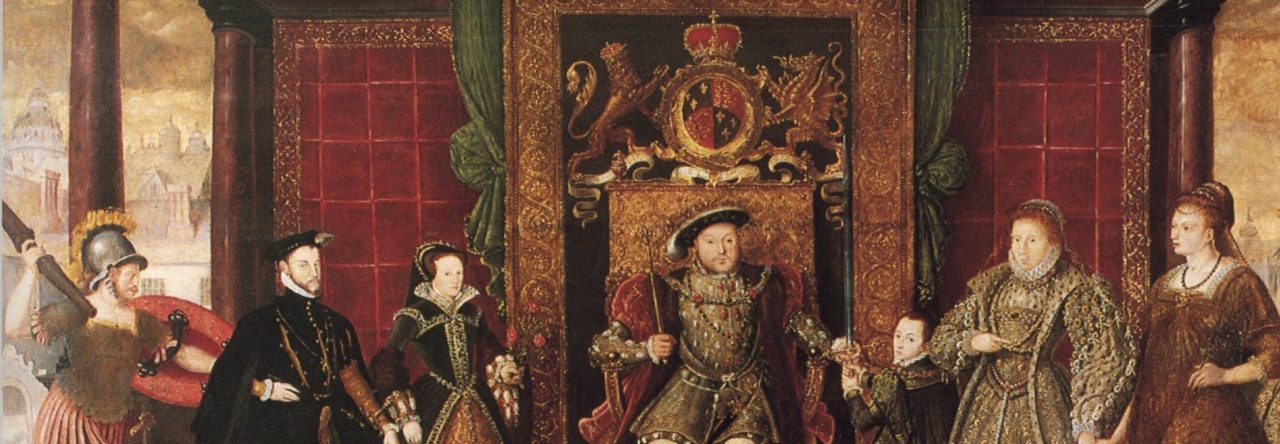 When we think of the past, especially those close to a thousand years past our current time, we tend to think about kings and conquerors who transformed the political landscape of certain countries. However, kings and conquerors would be nothing more than mere men if it was not for advisors and allies that stood by their sides or against them. For example, for nearly a century, the men and women of the House of Godwin were at the center of Anglo-Saxon politics and helped or hindered the path of those who wished to sit on the throne of England. The House of Godwin might not be a familiar family for those who are not familiar with Anglo-Saxon England before the Norman Conquest. Still, Michael John Key takes on the challenge to tell their story in his book, “The House of Godwin: The Rise and Fall of an Anglo-Saxon Dynasty.”
When we think of the past, especially those close to a thousand years past our current time, we tend to think about kings and conquerors who transformed the political landscape of certain countries. However, kings and conquerors would be nothing more than mere men if it was not for advisors and allies that stood by their sides or against them. For example, for nearly a century, the men and women of the House of Godwin were at the center of Anglo-Saxon politics and helped or hindered the path of those who wished to sit on the throne of England. The House of Godwin might not be a familiar family for those who are not familiar with Anglo-Saxon England before the Norman Conquest. Still, Michael John Key takes on the challenge to tell their story in his book, “The House of Godwin: The Rise and Fall of an Anglo-Saxon Dynasty.”
I want to thank Amberley Publishing for sending me a copy of this book. I have heard of the House of Godwin, but I only knew about some family members, like Earl Godwin and Harold Godwinson, who would become King Harold II. I wanted to learn more about this family and what kind of influence they held before and after the Norman Conquest.
Key begins by showing his readers how Godwin became Earl Godwin through the reigns of Swein Forkbeard, Edmund the Confessor, and King Cnut. Godwin married a Danish noblewoman named Gytha, and they would go on to have at least eight children, the eldest being a son named Swegn; Swegn was seen as the black sheep of the family and caused quite a few headaches for his father. When Cnut died, Earl Godwin helped navigate the succession squabble to get Harold Harefoot to the throne to become King Harold I.
After Harold I’s death, Godwin decided to take matters into his own hands as he proposed a marriage between Edward the Confessor and his daughter Edith. Under Edward’s reign, we see the rise of the eldest sons of Godwin, Harold, and Tostig, but we also see the Godwinson family in exile. Godwin would win his earldom back, but when news reached him that his eldest son Swegn died, he died soon afterward. Harold would become the head of the family, the chief advisor to Edward the Confessor, and eventually the king’s heir.
Since the events of Edward’s succession and Harold’s reign were the catalyst for the Norman invasion, Key spends a few chapters looking into the events that led to the monumental year of 1066. He also looks at critical battles, especially the Battle of Hastings and how they allowed William the Conqueror to become King of England. Key also examines the relationship between Harold and Tostig, which would help bring the Godwinsons crashing down.
I think Key does a decent job of diving deep into the archives as he tries to find the truth of the 11th century. There were points where it was a bit dry for me, but I did appreciate the charts and maps that he included to help illustrate the wealth and land holdings of the Godwinsons. Overall, I think it was a solid yet complex introduction to the Godwinsons and their legacy. Suppose you want to learn more about Anglo-Saxon England and one of the most influential families of that period in history. In that case, I recommend you read “The House of Godwin: The Rise and Fall of an Anglo-Saxon Dynasty” by Michael John Key.
